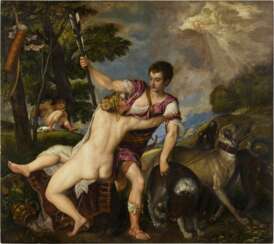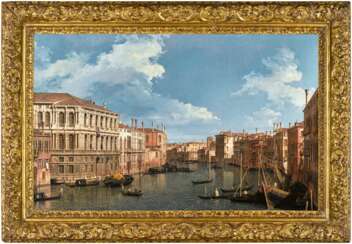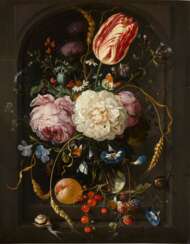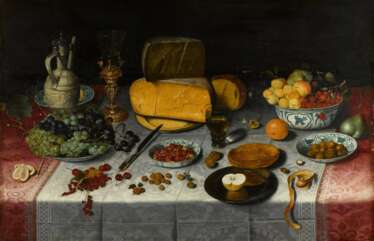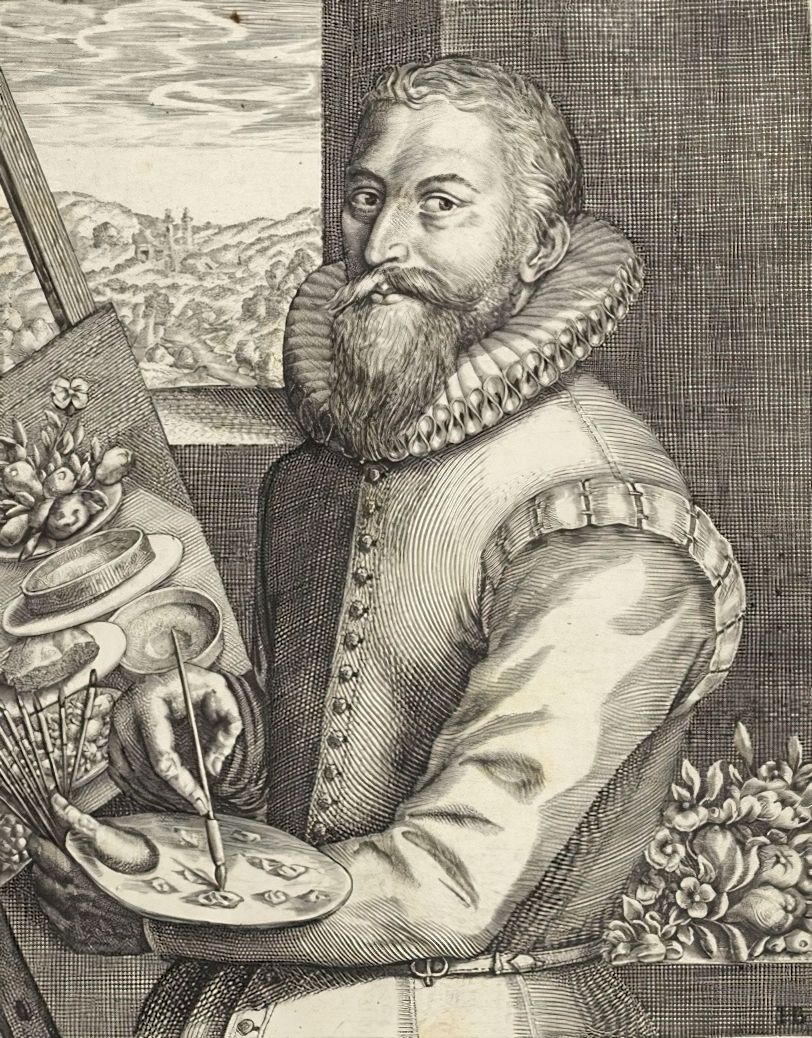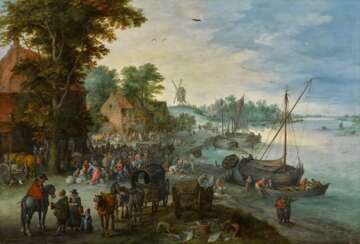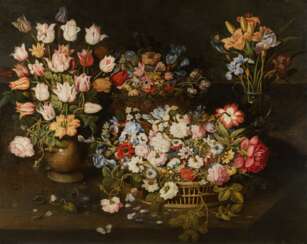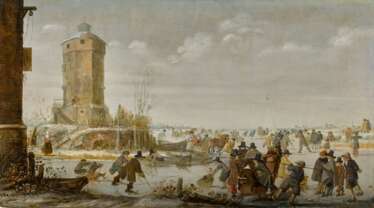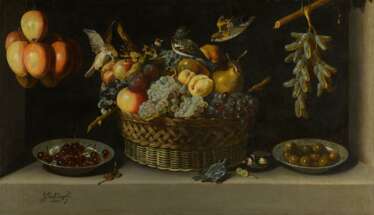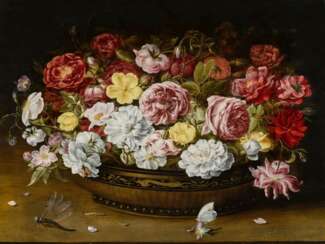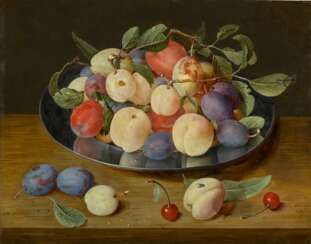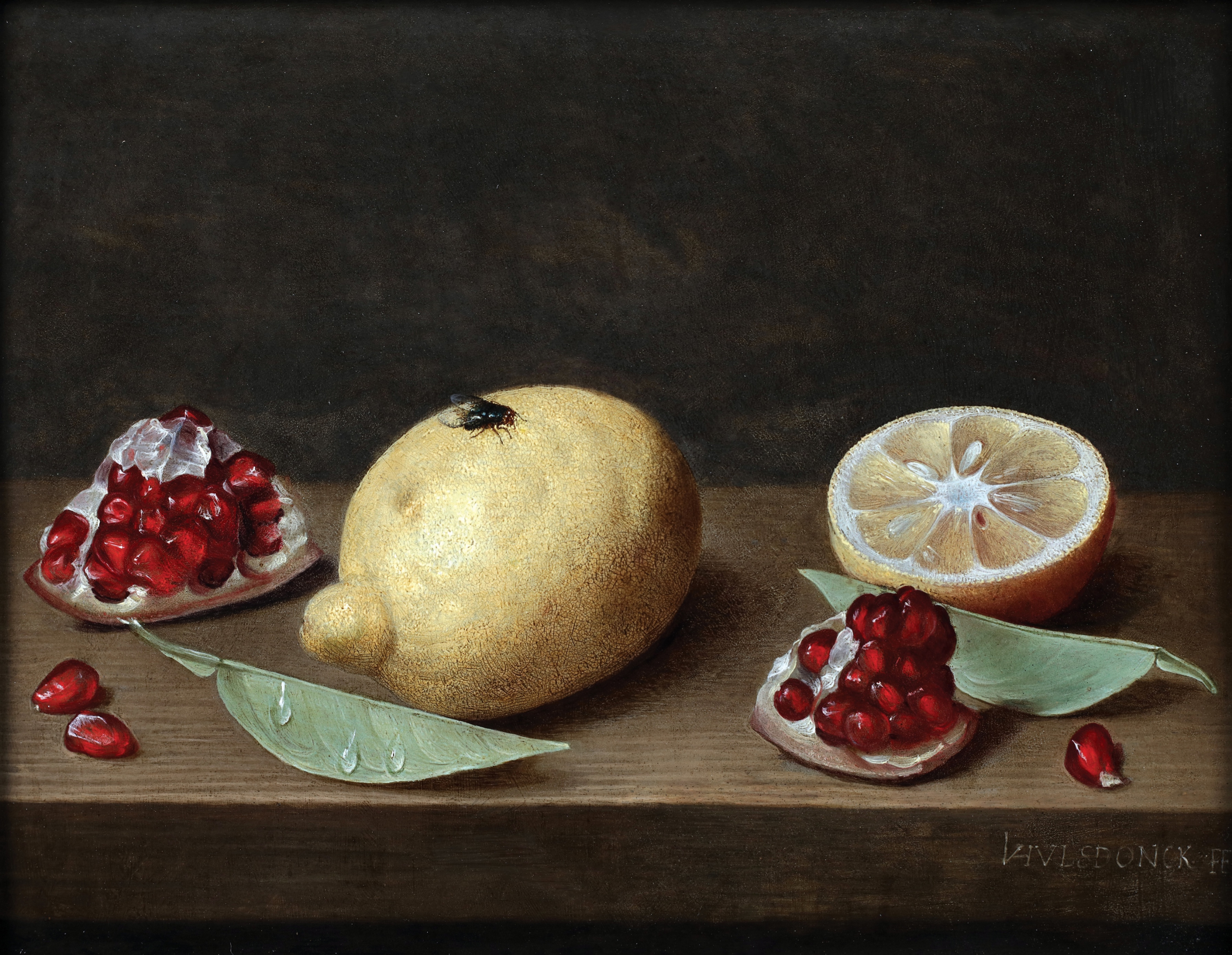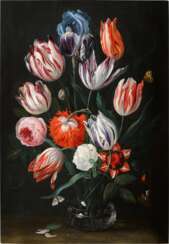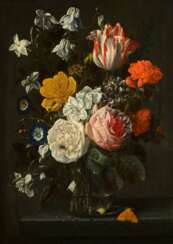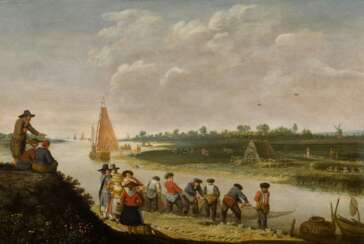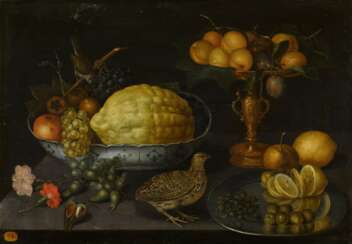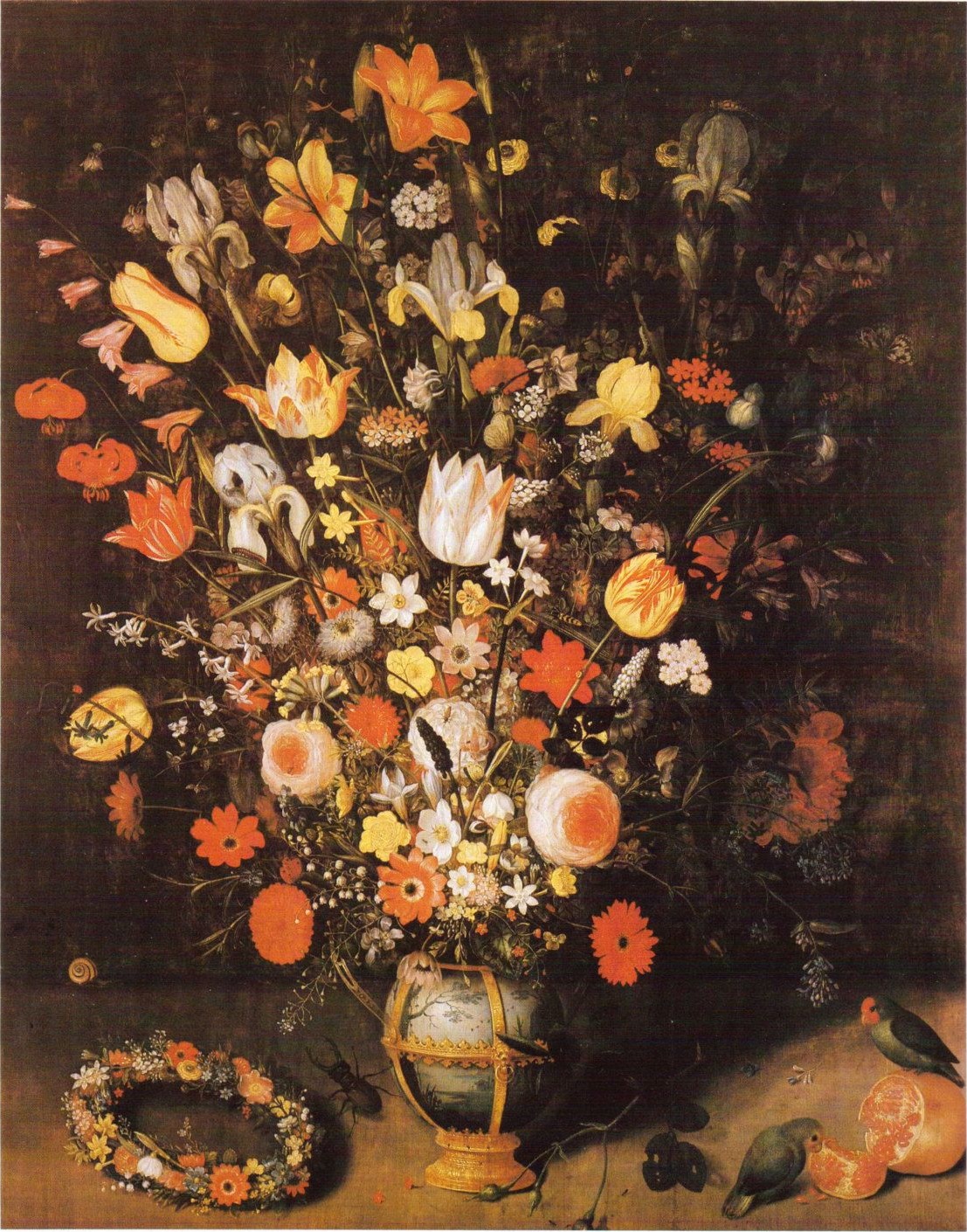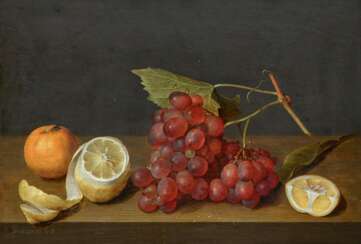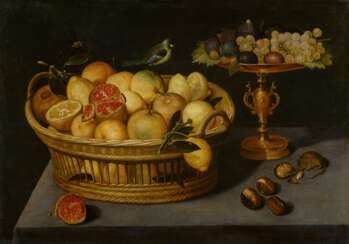
Paintings (Classical) Modern — Old Masters Evening Auction
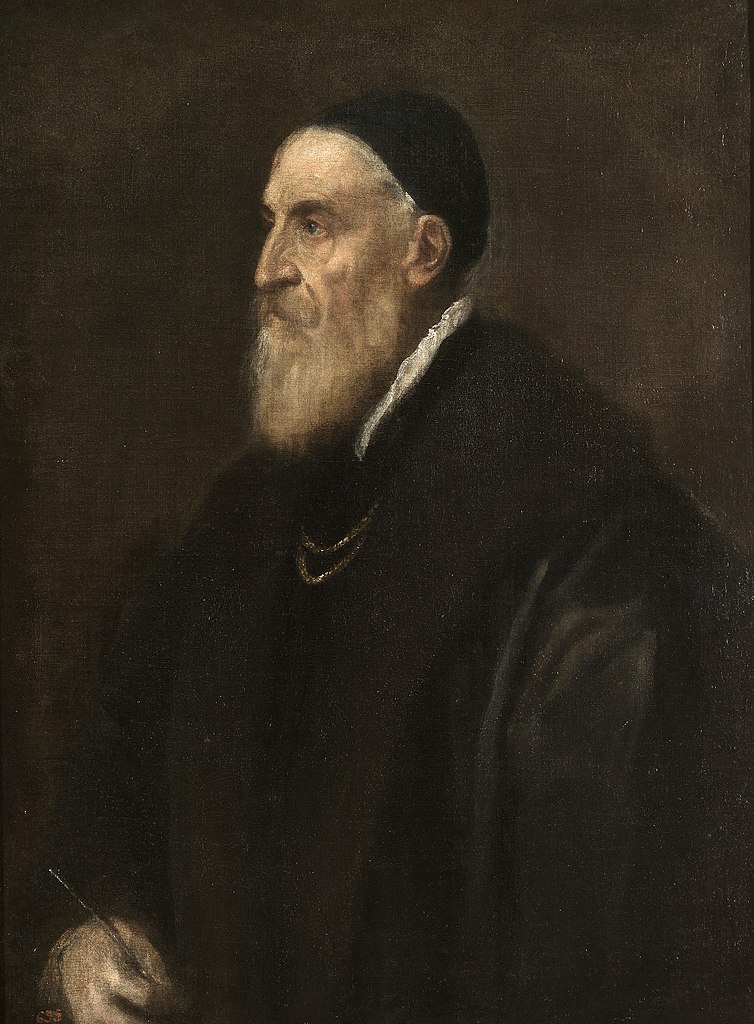
Tiziano Vecellio, an Italian Renaissance painter from Venice, stands out as a pivotal figure in the art world, renowned for his versatility across various genres like portraits, landscapes, and religious subjects. His influence on the development of Western art, particularly through his revolutionary use of color, is profound and long-lasting.
Born around 1488/90 in Pieve di Cadore, part of the then Republic of Venice, Titian's talent was evident early on. He began his artistic journey in the studio of the Bellini brothers in Venice, later joining forces with Giorgione, another influential painter of the time. This collaboration marked the beginning of a distinguished career that would see Titian become the most sought-after painter in Europe, working for nobility, the Habsburgs, and the papacy.
Titian's style evolved significantly throughout his career. He initially gained recognition for his vibrant, luminous colors and later became famous for his loose brushwork and subtle tonality. This shift was not just a matter of aesthetics but also represented a deeper understanding of color and light. Titian's approach to painting, particularly his use of colore, where he juxtaposed colors to define compositions, contrasted sharply with the line-focused disegno technique of the time. This method contributed significantly to the distinctiveness of Venetian art.
Among his many patrons, Emperor Charles V and his son, Philip II of Spain, were perhaps the most notable. As their official painter, Titian created numerous portraits and mythological works that were celebrated for their psychological depth and expressive use of color. His 'poesie' series for Philip II, including famous works like "Diana and Actaeon," showcased his skill in portraying mythological narratives with a sense of drama and sensuality.
Titian's later works, created in the 1560s and 1570s, are particularly revered for their experimental nature, pushing his art towards what has been termed 'magic impressionism'. These works, like "The Death of Actaeon" and the unfinished "Pietà", demonstrate a radical departure from his earlier style and reflect a continued evolution even in his later years.
For art collectors and experts, Titian's oeuvre represents a crucial link in the history of European art, illustrating the transition from the Renaissance to a more modern, expressive form of painting. His mastery of color and light, combined with his ability to convey deep emotional resonance, continues to influence artists and captivate viewers centuries later.
To stay updated on artworks and auction events related to Tiziano Vecelli, consider signing up for updates. This subscription will ensure you are informed about new product sales and auction events related to this remarkable artist.
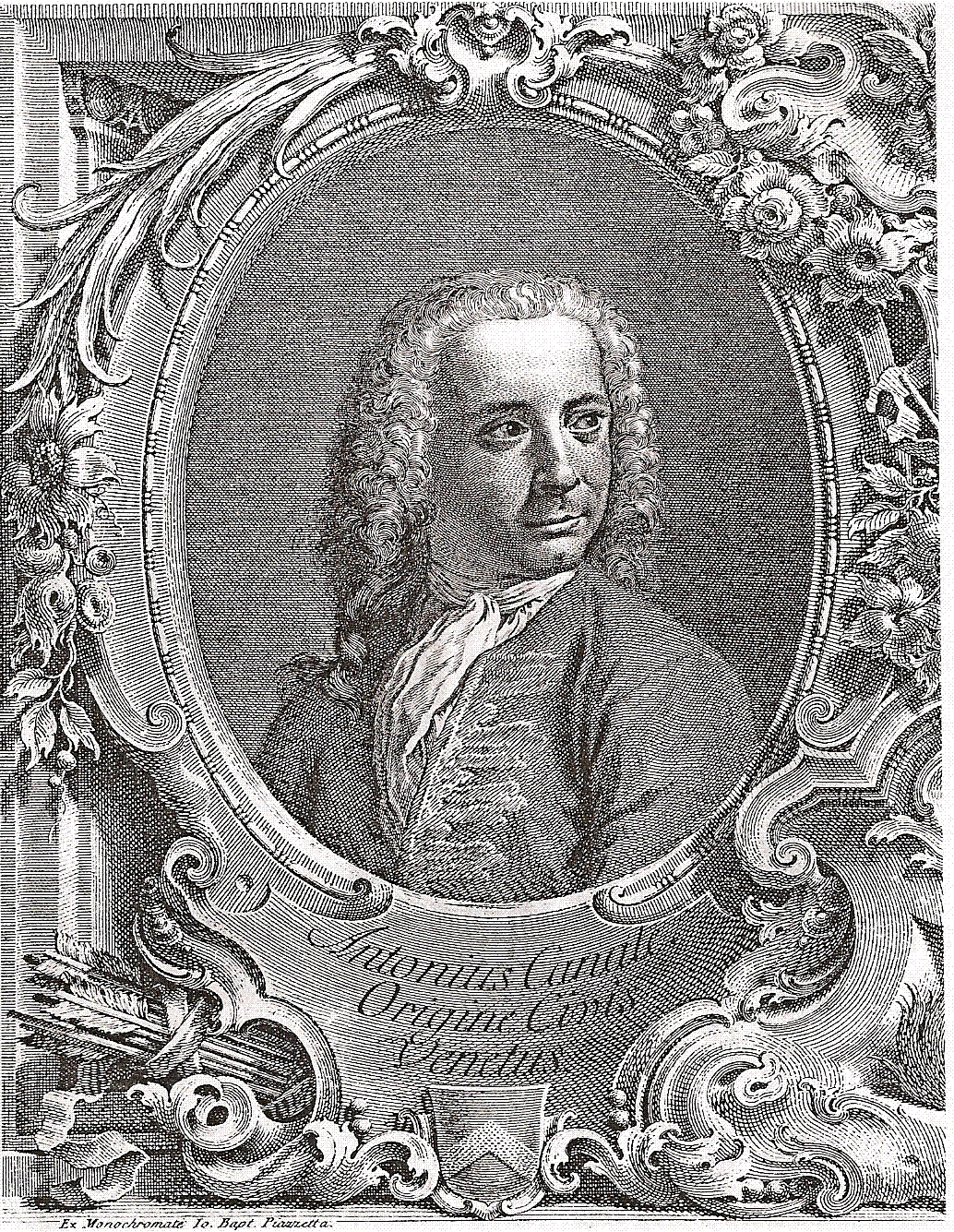
Canaletto, born Giovanni Antonio Canal, was an illustrious Italian painter celebrated for his masterful cityscapes, particularly of Venice and London. Emerging as a topographical painter after 1719, Canaletto became renowned for his detailed and atmospheric views, known as vedute, which captured the essence of Venice and London with a unique blend of accuracy and artistic embellishment. Despite using a camera obscura to achieve precision in his architectural details, Canaletto often infused his paintings with creative adjustments to enhance their appeal.
His early works, such as "The Stonemason's Yard," are particularly prized for their vivid portrayal of Venice's daily life and architectural beauty. Canaletto's paintings were highly sought after by English aristocrats during their Grand Tours, leading him to spend a significant period in England, where he continued to produce esteemed works capturing the English landscape and urban scenes.
Despite his international success, Canaletto's work was less appreciated in his native Venice during his lifetime, only gaining broader recognition and appreciation in later years. His legacy, however, has had a lasting impact on landscape painting, influencing future generations of artists.
If you're interested in staying updated on art exhibitions and auctions featuring Canaletto's work, consider signing up for newsletters from art galleries or auction houses that specialize in historical artworks. This way, you'll be informed about new sales and exhibition events related to Canaletto without any exaggerated language or promises.
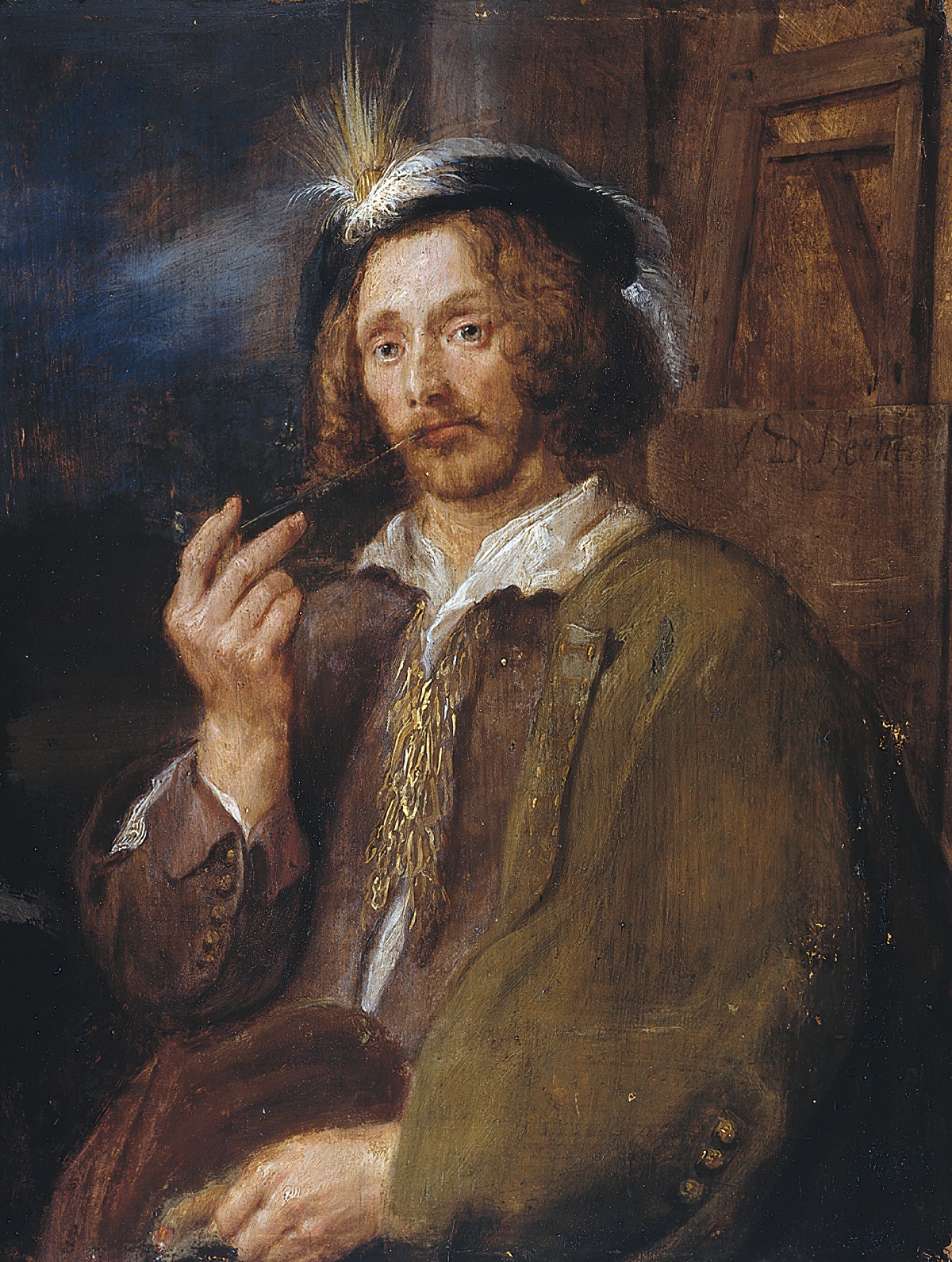
Jan Davidsz. de Heem was a still life painter who was active in Utrecht and Antwerp. He is a major representative of that genre in both Dutch and Flemish Baroque painting.
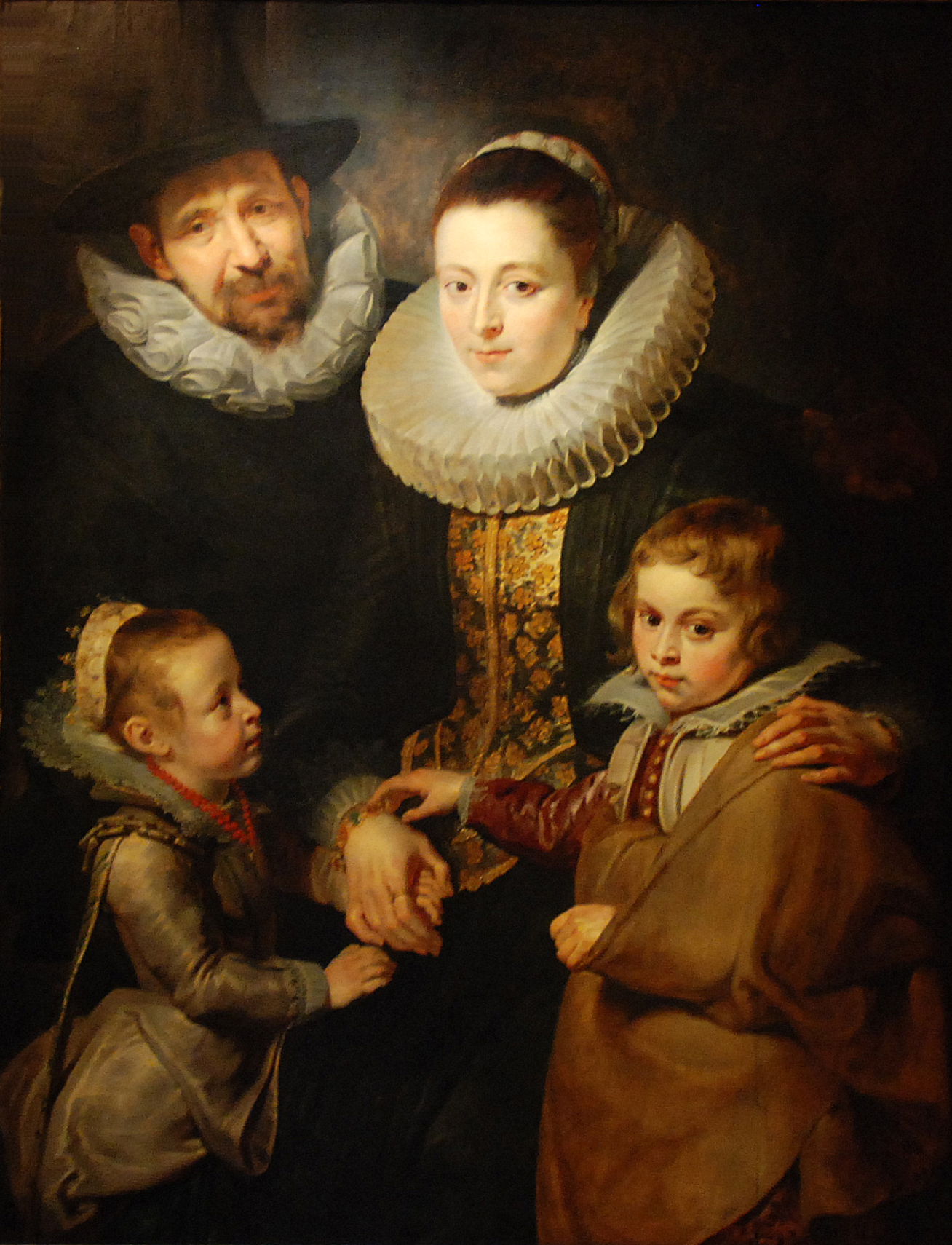
Jan Brueghel the Elder, a Flemish painter born in 1568 in Brussels, was a pivotal figure in the Baroque period known for his intricate landscapes, detailed still lifes, and genre scenes. The son of Pieter Bruegel the Elder, Jan was distinguished by his delicate brushwork, earning him the nicknames "Velvet" Brueghel, "Flower" Brueghel, and "Paradise" Brueghel, each reflecting a different aspect of his versatile artistic output. His monikers refer to his skill in rendering fabrics, his specialization in flower still lifes, and his creation of the paradise landscape genre, respectively.
After early training in Brussels, possibly under the guidance of his grandmother Mayken Verhulst, and further studies in Antwerp, Brueghel ventured to Italy, where he worked in Rome under the patronage of Cardinal Ascanio Colonna and met influential artists like Paul Bril. His Italian sojourn greatly influenced his style, especially in landscape painting. Upon returning to Antwerp, he established a flourishing workshop and became a master in the Guild of St. Luke. Brueghel's collaborations with Peter Paul Rubens are among the most celebrated in art history, showcasing a harmonious blend of landscape and figure painting.
Jan Brueghel the Elder's works are prized for their vibrant depiction of nature and meticulous attention to detail. His landscapes are not just backdrops but are lively settings filled with rich narratives and a variety of creatures, reflecting his deep appreciation for the natural world. His flower pieces are equally renowned for their variety and realism, often serving as allegorical or symbolic representations.
Brueghel's legacy extends beyond his paintings; he was a pivotal figure in the Antwerp artistic community, serving as dean of the Guild of St. Luke and court painter to the Archduke Albert of Austria and the Infanta Isabella Clara Eugenia of Spain. His influence continued through his children, with his son Jan Brueghel the Younger continuing his workshop and maintaining the family's artistic traditions.
For collectors and experts in art and antiques, Jan Brueghel the Elder's works represent a high point in Flemish Baroque art, offering a glimpse into the era's aesthetic values and the artist's profound observation of the world around him. His paintings, found in museums and galleries worldwide, continue to captivate audiences with their beauty and depth.
To stay informed about new discoveries, sales, and auction events related to Jan Brueghel the Elder's work, consider signing up for updates. This subscription will ensure that you are always in the know about opportunities to engage with the enduring art of this Flemish master.
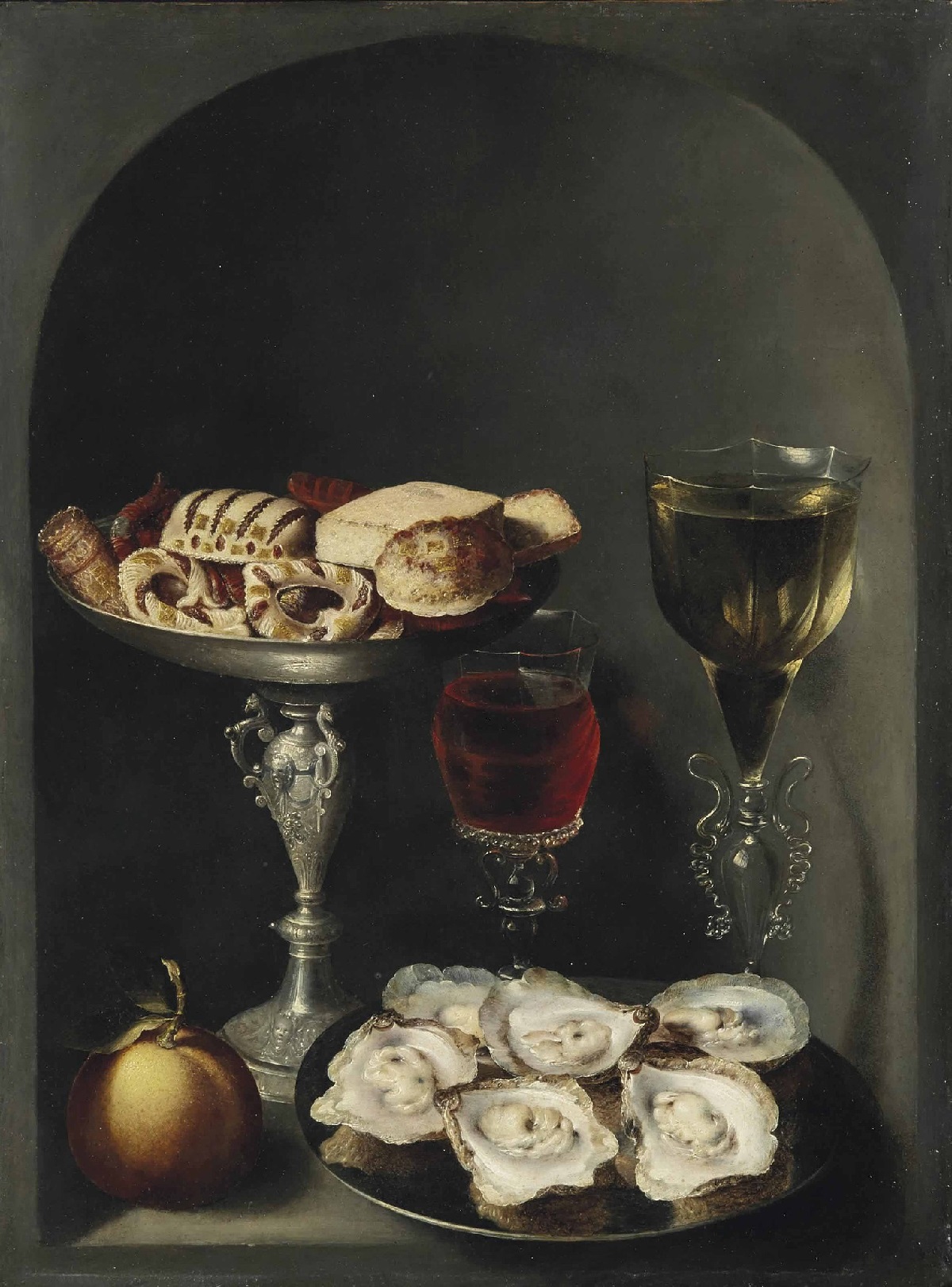
Osias Beert the Elder, a Flemish painter born around 1580 and active until his death in 1623, was a key figure in the development of still life painting in Northern Europe. His work, primarily focused on flower and banquet (or "breakfast") pieces, showcased a pioneering approach to these genres, setting a precedent for future artists.
Beert's technique involved painting on oak panels and copper, employing a glazing method that layered very fluid oil paints to achieve transparency and a rich color palette. This method allowed him to create still lifes that were not only visually appealing but also rich in detail and depth. He was known for his intricate compositions that often featured a high viewpoint and compact arrangements, providing a better sense of spatial coherence in his later works.
Despite the significant impact of his work, only a few signed pieces by Beert are known, making the attribution of his works challenging. His influence extended to his pupils and his nephew Frans Ykens, as well as other Antwerp artists such as Jacob Foppens van Es and Jacob van Hulsdonck, indicating his pivotal role in the early still life painting tradition in Flanders.
For collectors and experts in art and antiques, Osias Beert the Elder's contributions to the evolution of still life painting represent an essential chapter in the history of art. His ability to depict the transient beauty of flowers and the lavish detail of banquet scenes continues to captivate audiences and serves as a testament to his skill and creativity.
To delve deeper into the fascinating work of Osias Beert the Elder and to stay informed about new discoveries or auction events related to his oeuvre, consider signing up for updates tailored to enthusiasts of art history and antique collections. This subscription will ensure you are well-informed about the latest developments and opportunities related to this influential artist's work.
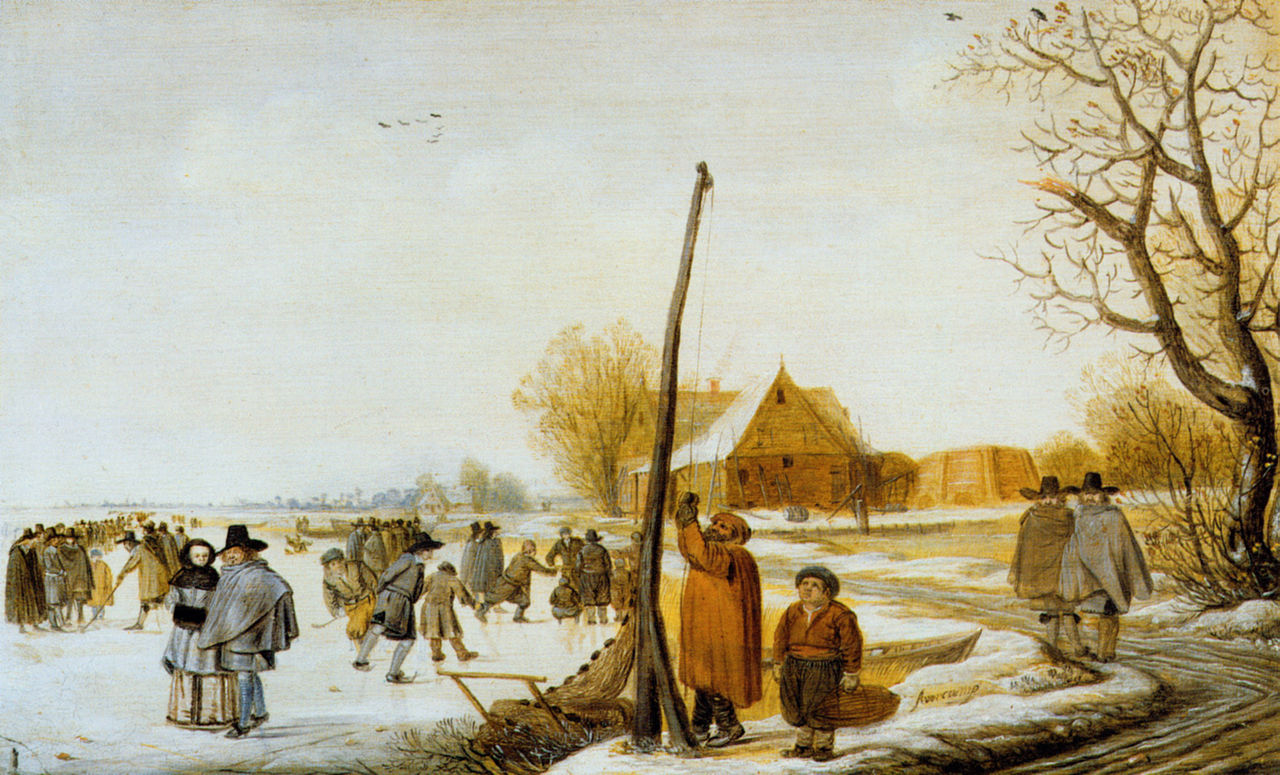
Barent Avercamp was a Dutch painter. He was taught by his uncle Hendrick Avercamp, who was also a painter. Barent primarily painted scenes depicting Netherlands in winter. He was a member of the Guild of Saint Luke, and traveled around the Netherlands including Zwolle and Zutphen for his settings and inspiration.
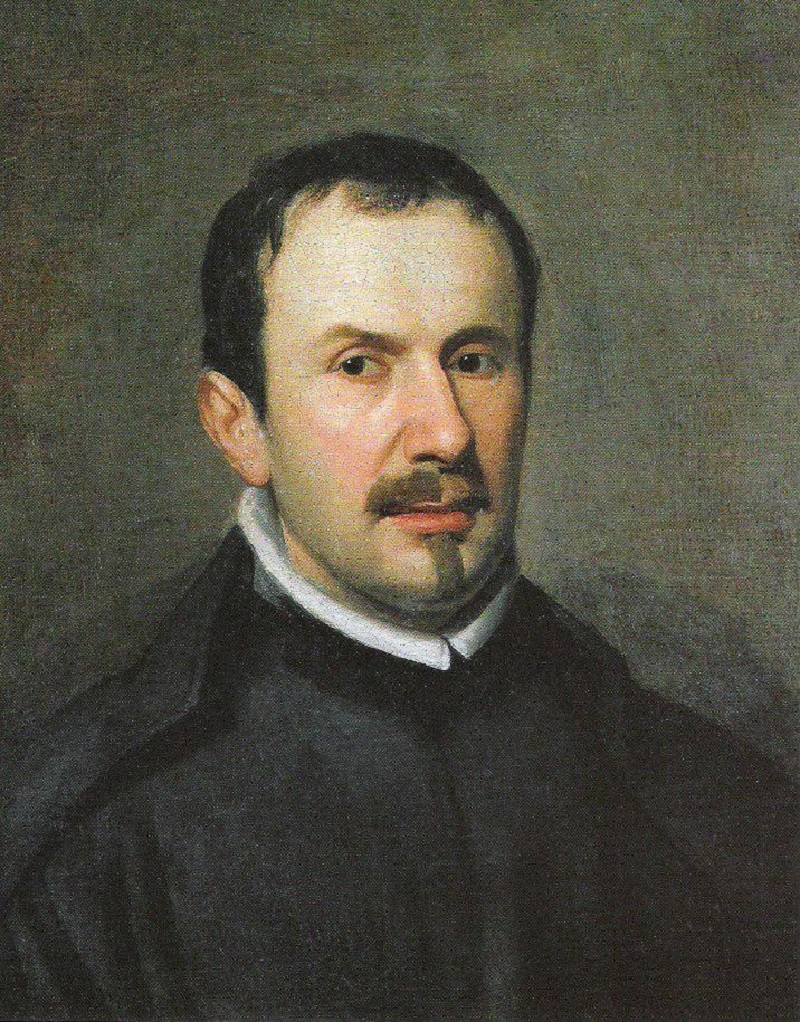
Juan van der Hamen y León was a masterful Spanish painter, celebrated for his exquisite still life paintings during the Golden Age of Spanish art. Born in Madrid in 1596 to a Flemish family, his works were highly esteemed by the court and the aristocracy, reflecting his prominent role in Madrid's cultural life. Despite his relatively short life, uan van der Hamen y León left a significant mark on the art world with his detailed and realistic depictions of everyday objects, florals, and food that were so sought after that he established a workshop to meet demand.
Juan van der Hamen y León was not only a pioneer in flower painting but also excelled in portraits, including one of a dwarf that predated Velázquez's similar subjects, showcasing his naturalistic style. His still lifes, characterized by their Flemish influence and meticulous attention to texture and light, brought a new dimension to the genre in Spain. His compositions often featured asymmetrical arrangements of objects on various levels, creating rich, complex spatial constructions that set his work apart.
His religious works, though less known today, along with his portraits, contributed to his fame. One notable portrait series included prominent intellectuals and writers of his era, indicating his close ties with the literary figures of the Spanish Golden Age.
Juan van der Hamen y León's legacy is preserved in major European and American museums, with exhibitions like the one held in 2006 at the Royal Palace of Madrid and the Meadows Museum of Art in Dallas, highlighting his significant contributions to art history.
For collectors and experts in art and antiques, Juan van der Hamen y León's oeuvre represents a crucial intersection of cultural, historical, and artistic excellence. His ability to capture the essence of his subjects with such vivacity and detail continues to captivate audiences today.
To stay informed about new discoveries, sales, and auction events related to Juan van der Hamen y León's works, consider signing up for updates. This subscription ensures that enthusiasts and collectors are kept abreast of opportunities to enrich their collections with pieces by this illustrious artist, deepening their connection to the rich tapestry of Spanish art history.

Osias Beert the Elder, a Flemish painter born around 1580 and active until his death in 1623, was a key figure in the development of still life painting in Northern Europe. His work, primarily focused on flower and banquet (or "breakfast") pieces, showcased a pioneering approach to these genres, setting a precedent for future artists.
Beert's technique involved painting on oak panels and copper, employing a glazing method that layered very fluid oil paints to achieve transparency and a rich color palette. This method allowed him to create still lifes that were not only visually appealing but also rich in detail and depth. He was known for his intricate compositions that often featured a high viewpoint and compact arrangements, providing a better sense of spatial coherence in his later works.
Despite the significant impact of his work, only a few signed pieces by Beert are known, making the attribution of his works challenging. His influence extended to his pupils and his nephew Frans Ykens, as well as other Antwerp artists such as Jacob Foppens van Es and Jacob van Hulsdonck, indicating his pivotal role in the early still life painting tradition in Flanders.
For collectors and experts in art and antiques, Osias Beert the Elder's contributions to the evolution of still life painting represent an essential chapter in the history of art. His ability to depict the transient beauty of flowers and the lavish detail of banquet scenes continues to captivate audiences and serves as a testament to his skill and creativity.
To delve deeper into the fascinating work of Osias Beert the Elder and to stay informed about new discoveries or auction events related to his oeuvre, consider signing up for updates tailored to enthusiasts of art history and antique collections. This subscription will ensure you are well-informed about the latest developments and opportunities related to this influential artist's work.
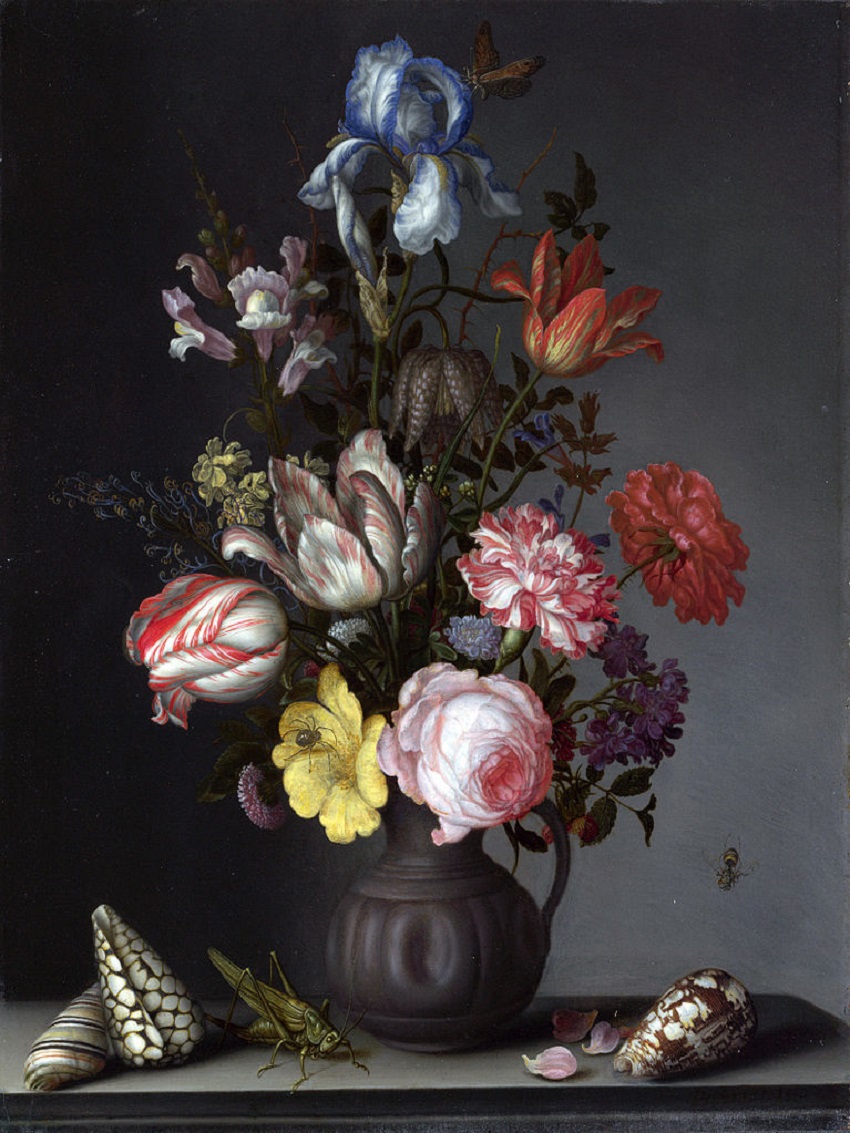
Balthasar van der Ast was a Dutch Golden Age painter who specialized in still lifes of flowers and fruit, as well as painting a number of remarkable shell still lifes; he is considered to be a pioneer in the genre of shell painting. His still lifes often contain insects and lizards.
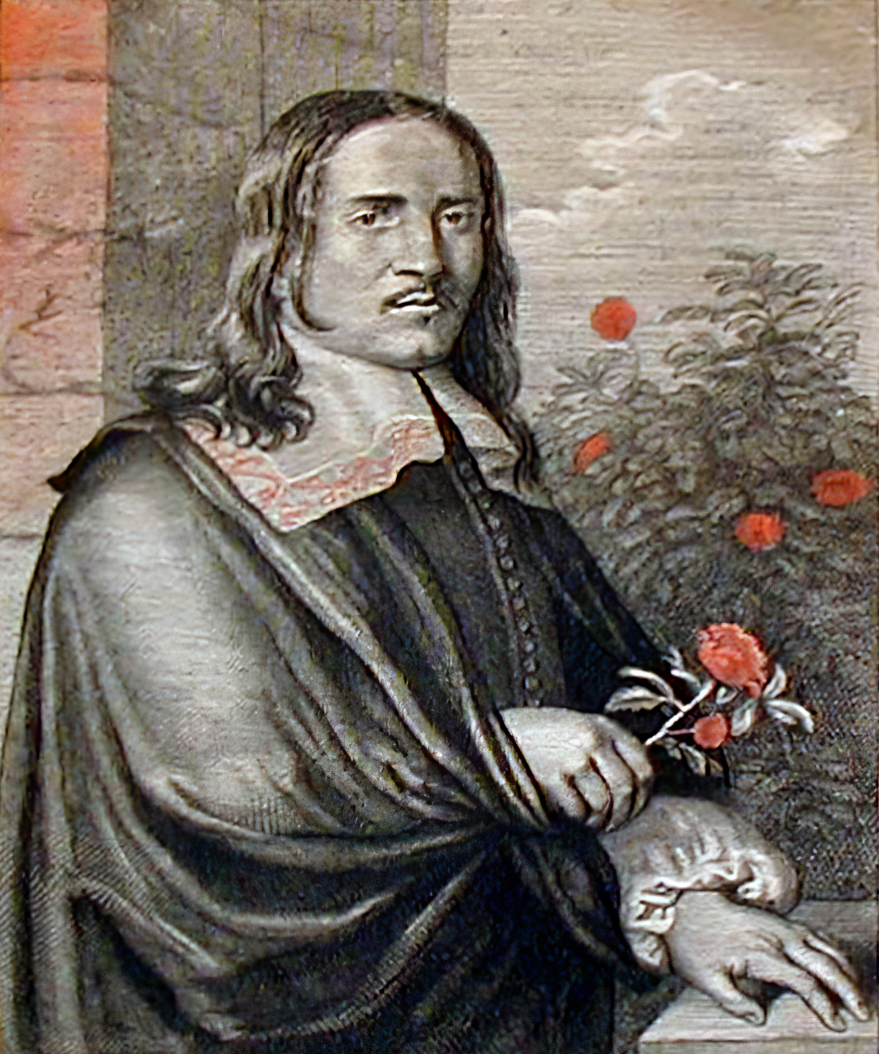
Jan van Kessel the Elder or Jan van Kessel I was a Flemish painter active in Antwerp in the mid 17th century. A versatile artist he practised in many genres including studies of insects, floral still lifes, marines, river landscapes, paradise landscapes, allegorical compositions, scenes with animals and genre scenes. A scion of the Brueghel family many of his subjects took inspiration of the work of his grandfather Jan Brueghel the Elder as well as from the earlier generation of Flemish painters such as Daniel Seghers, Joris Hoefnagel and Frans Snyders. Van Kessel’s works were highly prized by his contemporaries and were collected by skilled artisans, wealthy merchants, nobles and foreign luminaries throughout Europe.
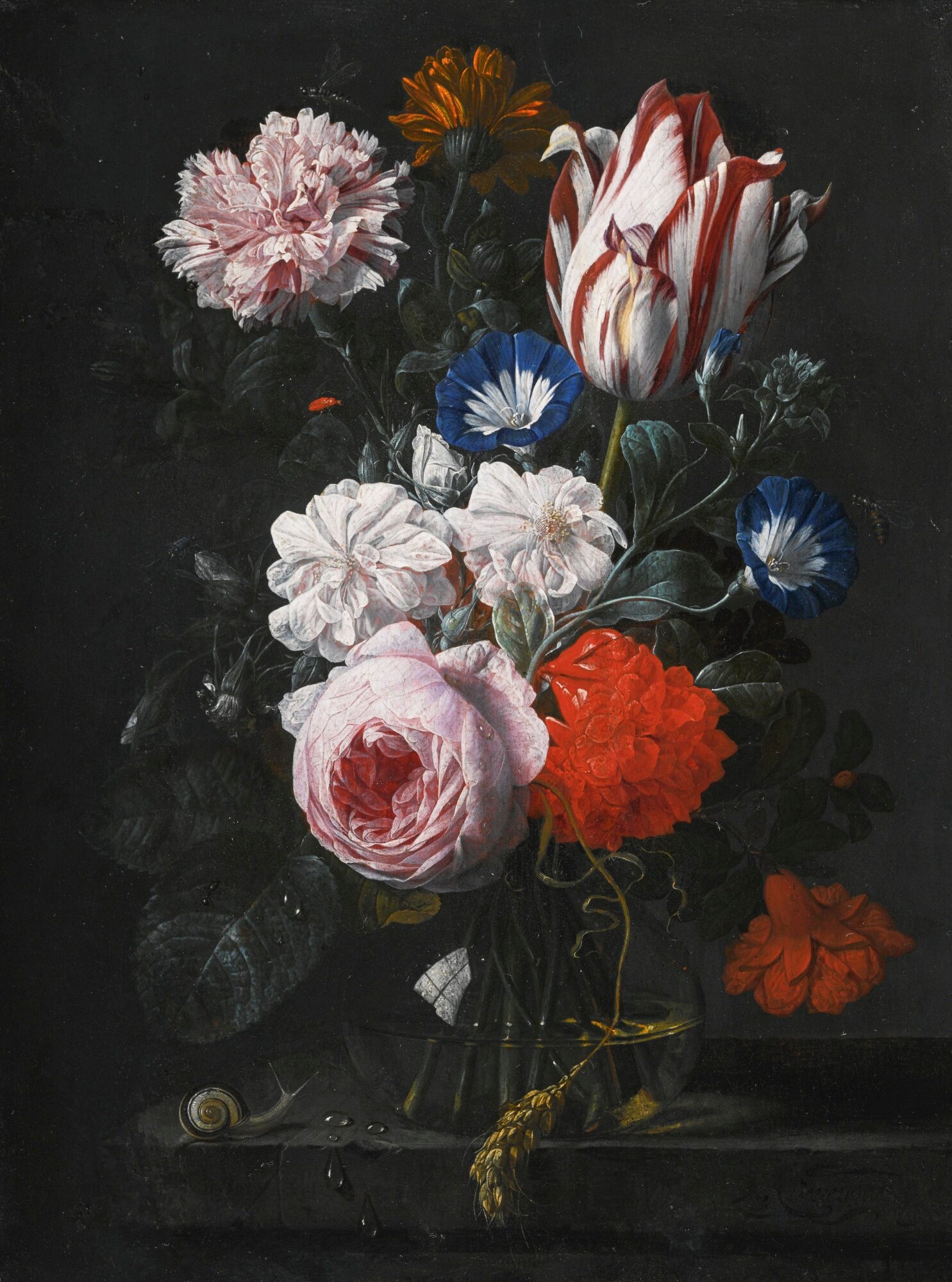
Nicolaes van Verendael or Nicolaes van Veerendael was a Flemish painter active in Antwerp who is mainly known for his flower paintings and vanitas still lifes. He was a frequent collaborator of other Antwerp artists to whose compositions he added the still life elements. He also painted a number of singeries, i.e, scenes with monkeys dressed and acting as humans.

Barent Avercamp was a Dutch painter. He was taught by his uncle Hendrick Avercamp, who was also a painter. Barent primarily painted scenes depicting Netherlands in winter. He was a member of the Guild of Saint Luke, and traveled around the Netherlands including Zwolle and Zutphen for his settings and inspiration.
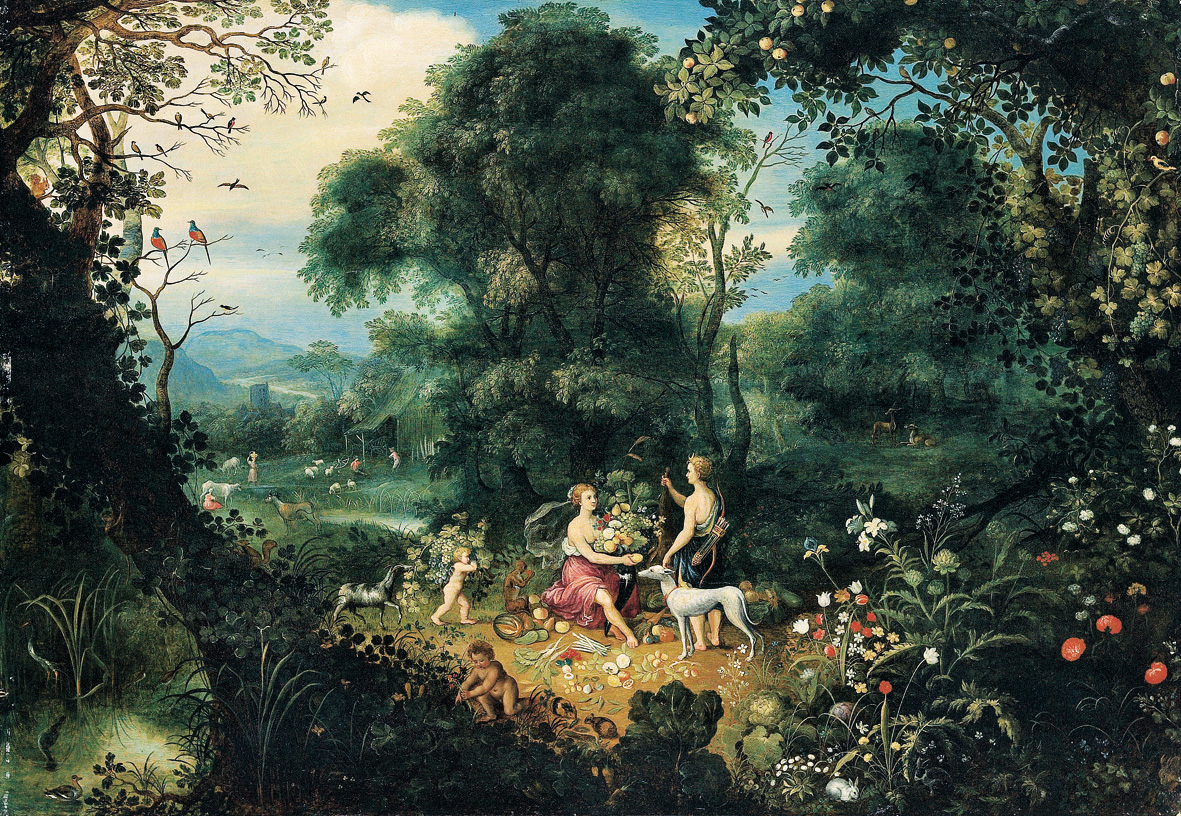
Abraham Govaerts was a Flemish painter who specialized in small cabinet-sized forest landscapes in the manner of Jan Brueghel the Elder and Gillis van Coninxloo. He was a regular collaborator with other artists who were specialists in specific genres. Govaerts would paint the landscape while these specialists painted the figures, animals or still life elements.
